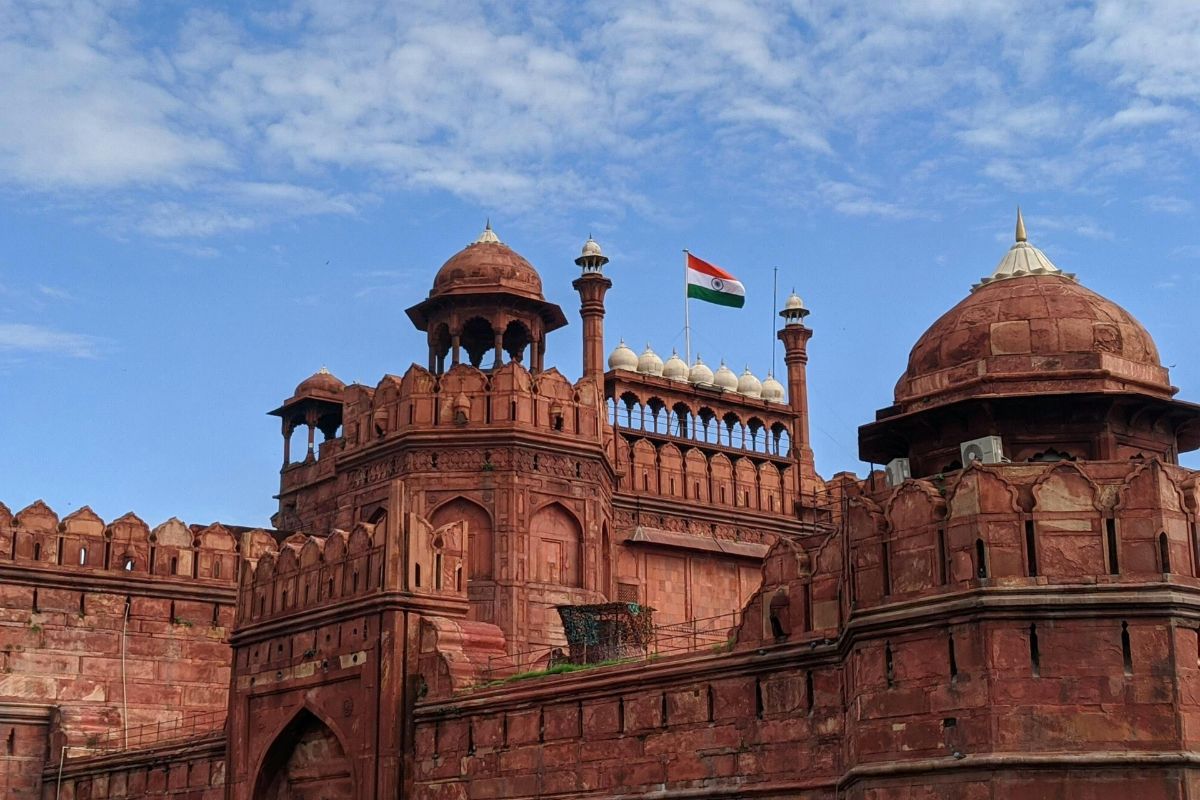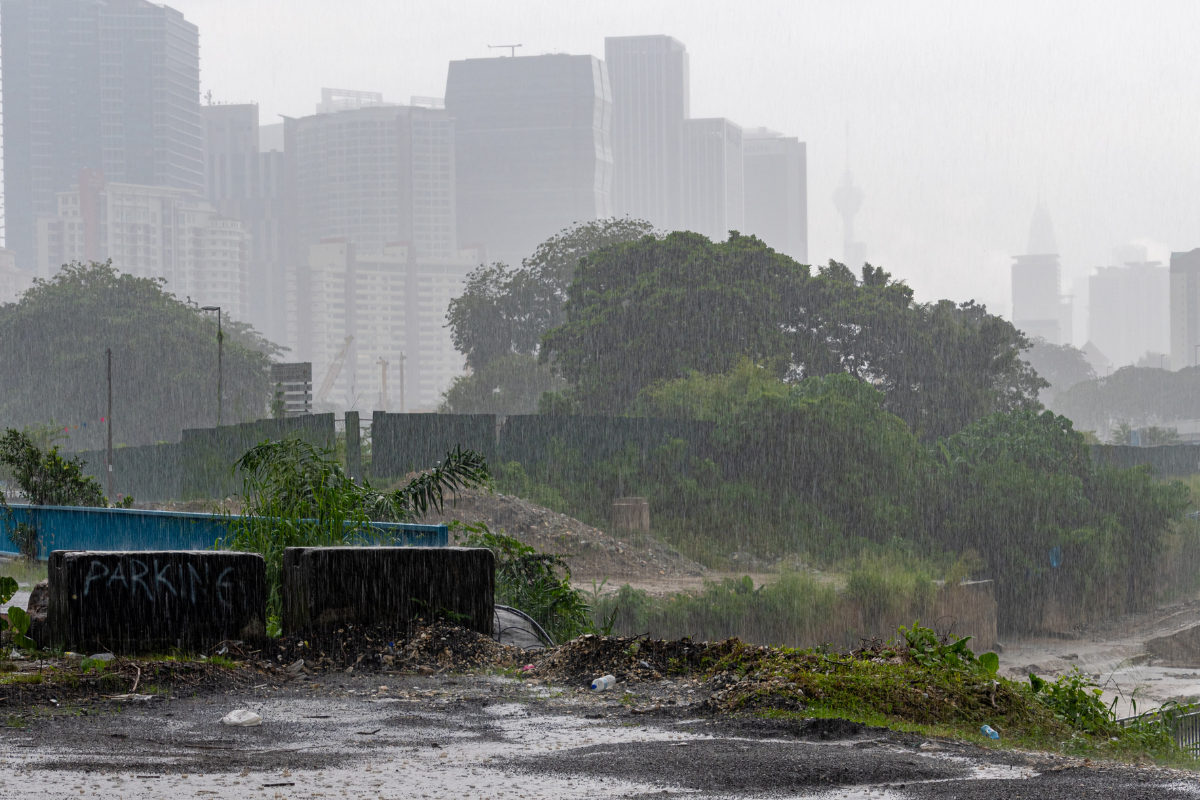Air quality concerns are escalating in India as the number of cities grappling with ‘poor’ air quality has surged to 23, marking a notable 64 per cent increase from the previous count of 14, according to the data released today by the Central Pollution Control Board.
These cities, including Asansol (AQI 265), Ballabhgarh (AQI 269), Barbil (AQI 228), Bhiwadi (AQI 259), Bilipada (AQI 237), Burnihat (AQI 270), Dausa (AQI 203), Dharuhera (AQI 219), Durgapur (AQI 205), Faridabad (AQI 219), Ghaziabad (AQI 203), Greater Noida (AQI 240), Gurugram (AQI 291), Hajipur (AQI 276), Kishanganj (AQI 238), Nayagarh (AQI 211), Noida (AQI 223), Patna (AQI 262), Samastipur (AQI 227), Singrauli (AQI 226), Sriganganagar (AQI 272), Talcher (AQI 206), and Tumidih (AQI 210), are experiencing deteriorating air conditions, with Air Quality Index (AQI) readings reaching alarming levels.
Among these cities, Gurugram stands out as the most polluted, with its AQI soaring to a staggering 291. In stark contrast, Puducherry emerges as a beacon of clean air, boasting an impressively low AQI of 33. This glaring disparity underscores the severity of the pollution crisis in certain regions.
Delhi AQI improves; Faridabad sees worsening pollution
In Delhi, the pollution level has decreased by four points from yesterday, resulting in an air quality index (AQI) of 195. Conversely, Faridabad has witnessed a distressing increase of 21 points in pollution levels. Data indicates a 23.5 per cent decline in the number of cities across the country with ‘better’ air quality, dwindling the count to 13, which includes cities like Ramanathapuram, Surat, Varanasi, and Vijayapura.
However, there’s a positive trend in cities with satisfactory air quality, which has risen to 102, marking a seven per cent increase from the previous day. On the contrary, the number of cities with moderate air quality has decreased by nine per cent, dropping from 115 to 105.
As per the report by the Central Pollution Control Board on April 26, 2024, air quality fell within the ‘better’ range (0-50) in 13 out of 243 cities across the country. In 102 cities, air quality was deemed ‘satisfactory’ (51-100), a slight increase from the previous count of 95 on April 25, 2024.
Moderate air quality (101-200) was observed in 105 cities. However, 23 cities, including Asansol, Ballabhgarh, Barbil, and others, experienced stifling conditions. Gurugram recorded the highest Air Quality Index (AQI) at 291, indicating the worst air quality among them.
In Delhi, the air quality remained in the ‘moderate’ category, with the AQI rising by four points to reach 195. Faridabad recorded an AQI of 219, Ghaziabad at 203, Gurugram at 291, Noida at 223, and Greater Noida at 240.
Looking at the air quality data for other major cities across the country, Mumbai showed a satisfactory level of pollution with an Air Quality Index (AQI) recorded at 84. Lucknow had an AQI of 142, Chennai at 60, Chandigarh at 113, Hyderabad at 75, Jaipur at 120, and Patna at 262.
Satisfactory AQI in 102 cities
Among these cities, the air quality was cleanest in Amaravati (36), Bagalkot (50), Bathinda (36), Chamarajanagar (49), Madikeri (43), Mysore (43), Palakalaiperur (35), Puducherry (33), Rajamahendravaram (43), Ramanathapuram (44), Surat (43), Varanasi (35), and Vijayapura (42).
On the other hand, cities like Agra, Aizawl, Ajmer, and others experienced varying levels of air pollution. Air quality remained satisfactory in 102 cities, with an AQI between 51 and 100.
Understanding the air quality index is crucial for assessing air pollution levels and overall air quality. An AQI between 0 to 50 indicates clean air, while 51 to 100 is considered satisfactory. The range of 101-200 signifies a medium level of pollution, while 201 to 300 indicates poor air quality.
When the AQI falls between 301 to 400, the air quality is classified as very poor, posing serious health risks, especially for those with pre-existing conditions. A range of 401 to 500 indicates a severe air quality situation, which can be fatal for both healthy individuals and those with health issues.
Keep Reading
MP Balram Talab Yojana 2023: Farmers get support to build ponds
Will the Ken-Betwa project benefit the Bundelkhand region?
Follow Ground Report for Environmental News From India. Connect with us on Facebook, Twitter, Koo App, Instagram, WhatsApp and YouTube. Write to us at GReport2018@gmail.com and subscribe to our free newsletter.
Don’t forget to check out our climate glossary, and learn difficult environmental terms in simple language.








